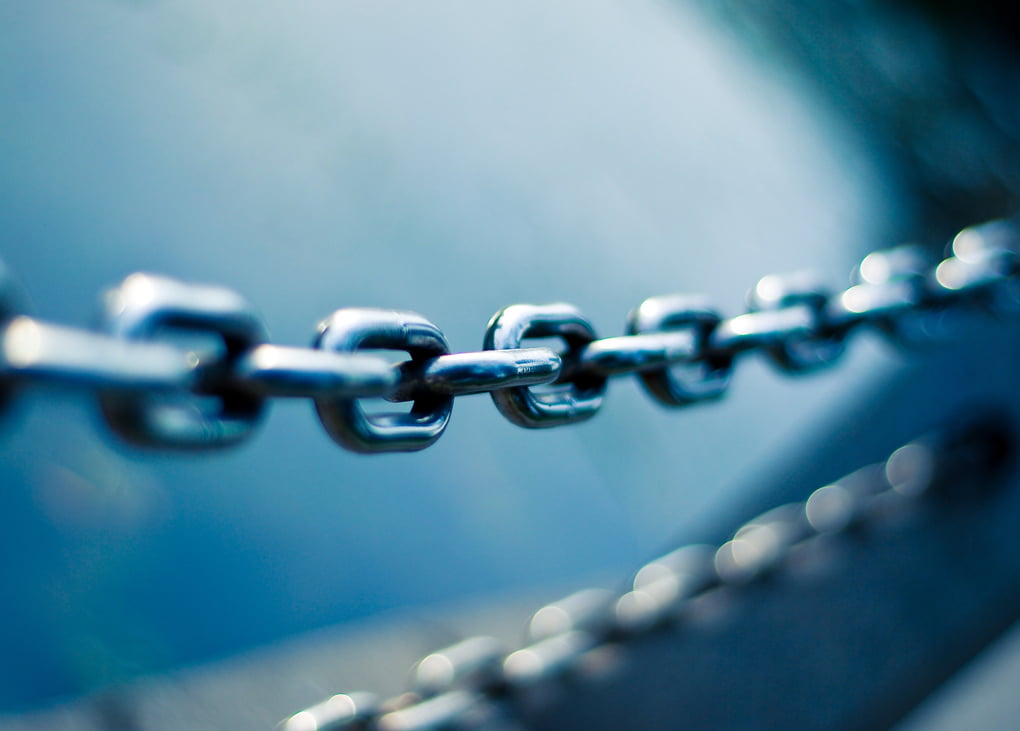The International Institute of Refrigeration (IIR) has developed a model to calculate the CO2 emissions for each stage of the cold chain and for all countries in the world. Explained in the IIR’s latest Informatory Note, the model allows comparisons between the CO2 emissions associated with the current and “improved” versions of the global cold chain.
According to IIR estimates, 12 per cent of food produced globally in 2017 was lost due to an insufficient cold chain.
“A more extensive cold chain would limit the need to increase agricultural production to compensate for these losses, and avoid the corresponding CO2 emissions,” the IIR says. “This raises the question of whether the additional CO2 emissions resulting from the implementation of a more extensive cold chain are not greater than the emissions avoided by reducing food losses due to a lack of refrigeration.”
The IIR says an improved cold chain is one in which the cold chain in all countries is brought to the same level of equipment and performance as those already existing in developed countries.
“An improved global cold chain based on these principles would allow a reduction of almost 50 per cent of the CO2 emissions of the current cold chain,” the IIR says. “This improved cold chain would also avoid 55 per cent of the food losses attributable to the current cold chain.”
 Matt Dillon
Matt Dillon


Leave a Reply